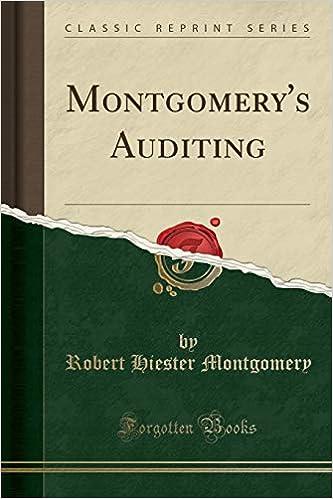Answered step by step
Verified Expert Solution
Question
1 Approved Answer
Gifford Company experienced the following accounting events during Year 1: 1. Started operations on January 1 when it acquired $20,000 cash by issuing common stock.


Step by Step Solution
There are 3 Steps involved in it
Step: 1

Get Instant Access to Expert-Tailored Solutions
See step-by-step solutions with expert insights and AI powered tools for academic success
Step: 2

Step: 3

Ace Your Homework with AI
Get the answers you need in no time with our AI-driven, step-by-step assistance
Get Started


